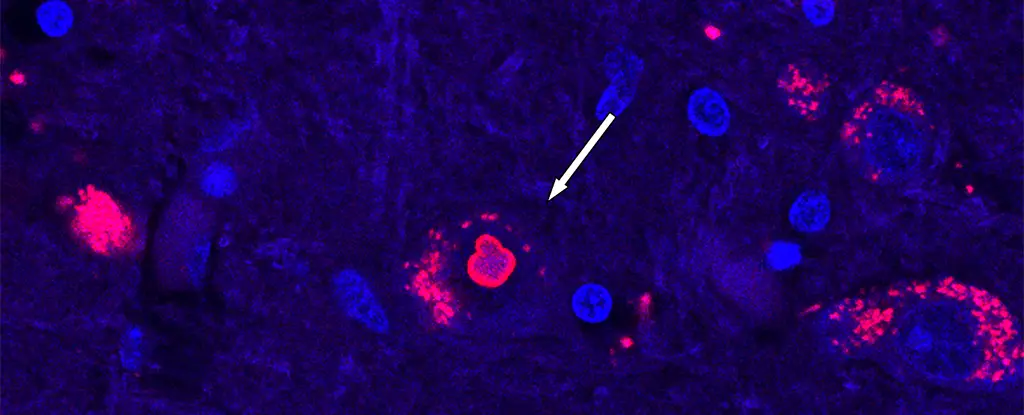Spinocerebellar ataxia type 4 (SCA4) is an incredibly rare condition that affects individuals with progressively worsening problems with walking and balance. Despite the debilitating symptoms, there is currently no cure for SCA4. However, after a quarter of a century of research, the genetic coding behind SCA4 has finally been identified by an international team of researchers. This breakthrough discovery has the potential to open up new treatment options for this serious disease.
The research team utilized the latest in genome sequencing techniques to comb through 6,495 genome sequencing datasets and pinpointed a section of a gene called ZFHX3 as the cause of SCA4. The gene ZFHX3, located in an area of DNA with repeated segments, posed a challenge for analysis. The mutation within ZFHX3 was identified as a toxic expanded repeat that interferes with the cell’s ability to deal with unfolded or misfolded proteins. This disruption in protein recycling machinery leads to nerve cells being poisoned, resulting in the crippling symptoms of SCA4.
Individuals with SCA4 and their families played a crucial role in this discovery, providing invaluable insights that enabled researchers to trace the disease back to its origins in the Salt Lake Valley in the 1840s. Neurologists involved in the study emphasized the personal connection they developed with the patients, highlighting the human aspect behind the scientific breakthrough. With this new knowledge of the disease-causing gene, individuals affected by SCA4 can now undergo testing to determine their risk.
One of the most promising aspects of this discovery is the potential for the development of targeted treatments for SCA4. By understanding the underlying cause of the disease, researchers can now explore therapeutic interventions that specifically address the genetic mutation in ZFHX3. Moreover, the findings from this study suggest that similar mechanisms may be at play in other types of spinocerebellar ataxia, opening up new avenues for research in this field.
The identification of the genetic coding behind SCA4 represents a significant milestone in the understanding and potential treatment of this rare disease. The collaboration between researchers, patients, and families has been instrumental in unraveling the complexities of SCA4. Moving forward, continued research in this area will be essential in developing targeted therapies that can improve the quality of life for individuals living with inherited diseases like SCA4.


Leave a Reply